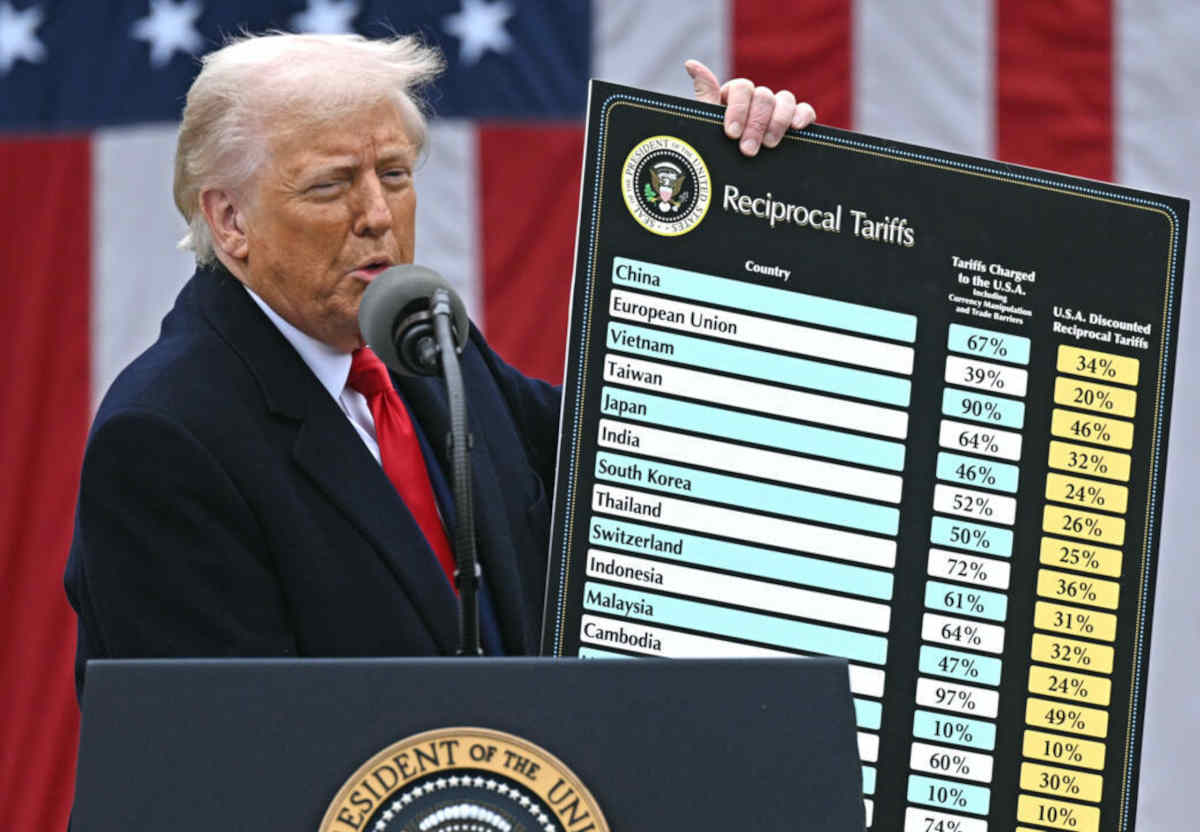Why is it that the more money you earn, the less money you have? It is definitely not your imagination.
Why is it that as soon as you get a new job and a higher salary you seem to have more money going out and less money coming in? It is called lifestyle creep, but the good news is that there is something you can do to stop it in its tracks.
Landing that new position with a higher salary, receiving a long-awaited promotion, or celebrating a well-deserved bonus are exciting career milestones for any working professional – especially when it provides an opportunity to build wealth.
However, Twanji Kalula, communications manager at Allan Gray, points out that it also introduces a common temptation: the urge to upgrade your lifestyle.
“While a salary boost can lead to more disposable income and fund necessary lifestyle upgrades as your personal circumstances change, the temptation to increase your lifestyle costs can undermine long-term financial stability.
“To secure wealth for retirement, it is essential to resist the urge to up your base living costs significantly just because your income has increased. Lifestyle creep increases our spending during our working years, but it also raises the amount of money we will ultimately need to support a similar lifestyle in retirement.”
ALSO READ: Bank data shows people run out of money long before month end
Consistently upgrading accelerates lifestyle creep
Kalula says when deciding how much you need to save for retirement, it is crucial to consider your personal circumstances, such as your current spending habits and future lifestyle expectations, to ensure that your retirement savings are adequate to meet those needs.
“If you consistently upgrade your living standards and increase your expenses, you will need a larger retirement reserve to maintain that lifestyle once you stop working.”
As a rule of thumb, Kalula says you should aim to build a nest egg that is large enough to replace 60-70% of your income in retirement.
“This will ensure that you will be able to sustain a comfortable retirement, bearing in mind that the nature of your expenses is likely to change as you get older. Too often, you only calculate how much you will need to accumulate for retirement when you first start investing.
“If you fail to revisit this calculation over time and do not account for the effects of lifestyle creep, you are likely to end up not having enough.”
ALSO READ: The financial habits young people need
How to manage lifestyle creep
Kalula suggests these five strategies to help manage lifestyle creep:
1: Manage overheads: Good financial planning should balance your present needs with future wants. By tracking your expenditure, interrogating expenses on a monthly basis and comparing costs from month to month, you can monitor how significantly your expenses are escalating.
2: Use windfalls wisely: Windfalls can trigger lifestyle creep when they are used to make purchases that increase your base costs. For example, getting a new car when receiving a bonus may seem like a once-off expense, but a new car may significantly increase ongoing fuel, maintenance and insurance costs. Rather consider using a windfall to improve your financial position by paying off debt, saving and investing. Build an emergency fund, make an additional contribution to a retirement product, such as a retirement annuity, or contribute to a tax-free investment.
3: Revisit retirement savings targets: Regularly recalculate how much you need to save for retirement. This exercise ensures that you remain on track to draw a retirement income that can support a comfortable lifestyle.
4: Increase savings rates: Increases in your income can meaningfully affect the rate at which you achieve your long-term financial goals. Consider using increases to account for inflation and increase investment contributions.
5: Invest in a fund that beats inflation: Retirement investments must target and keep pace with inflation. Investors should select a fund that has a proven track record, takes on sufficient risk to generate above-inflation returns and manages this risk appropriately across a range of asset classes and regions.














